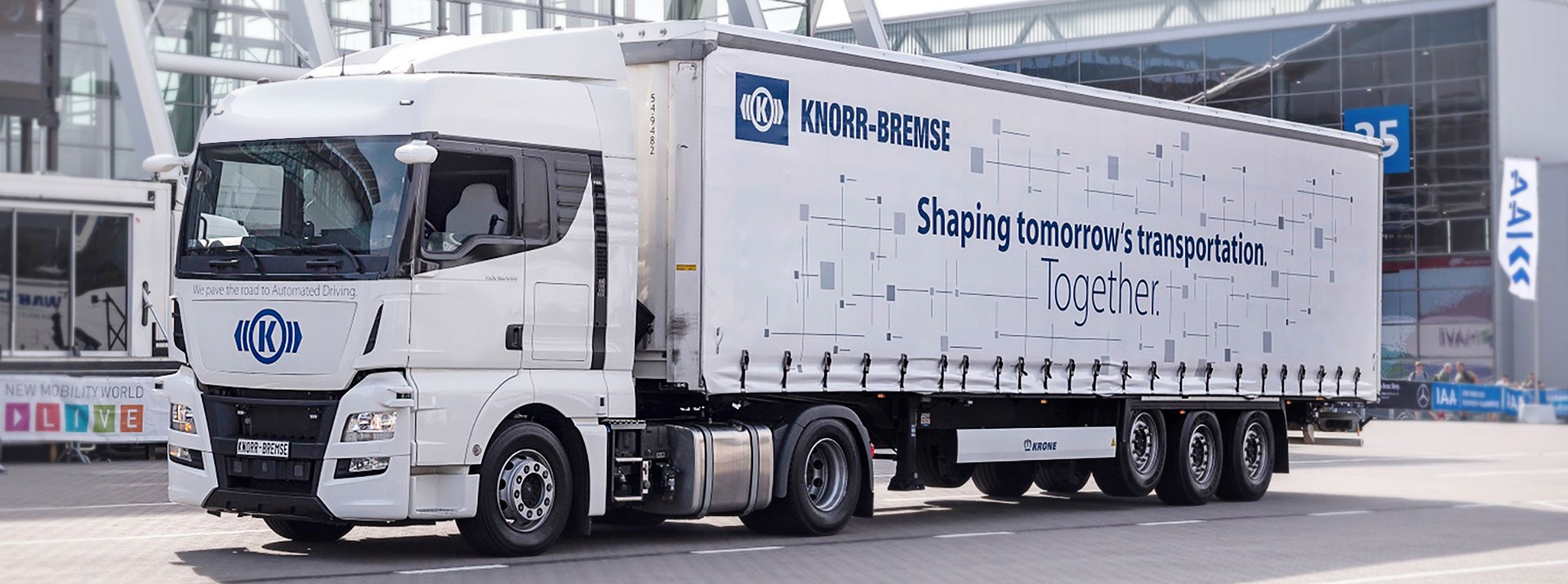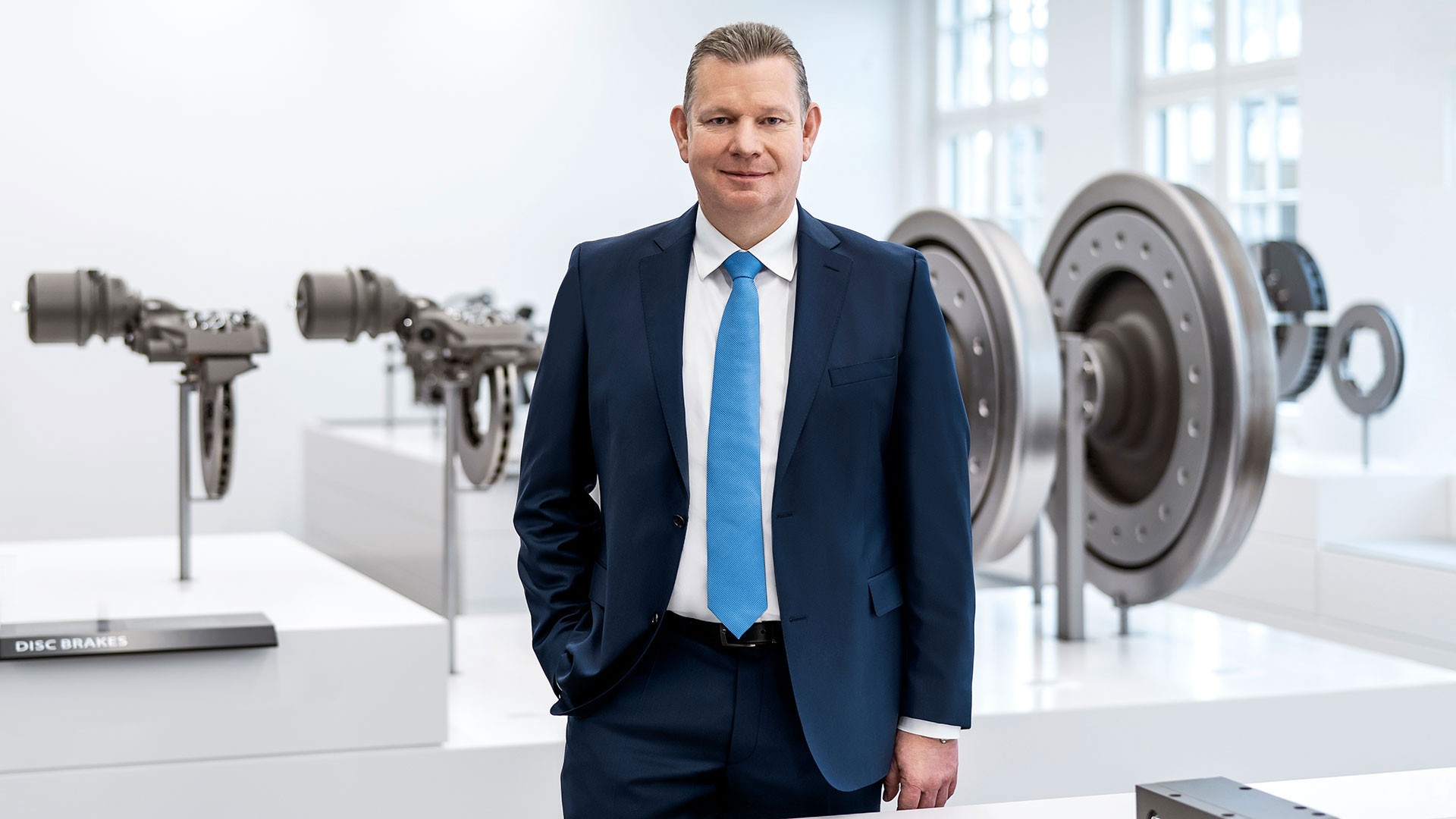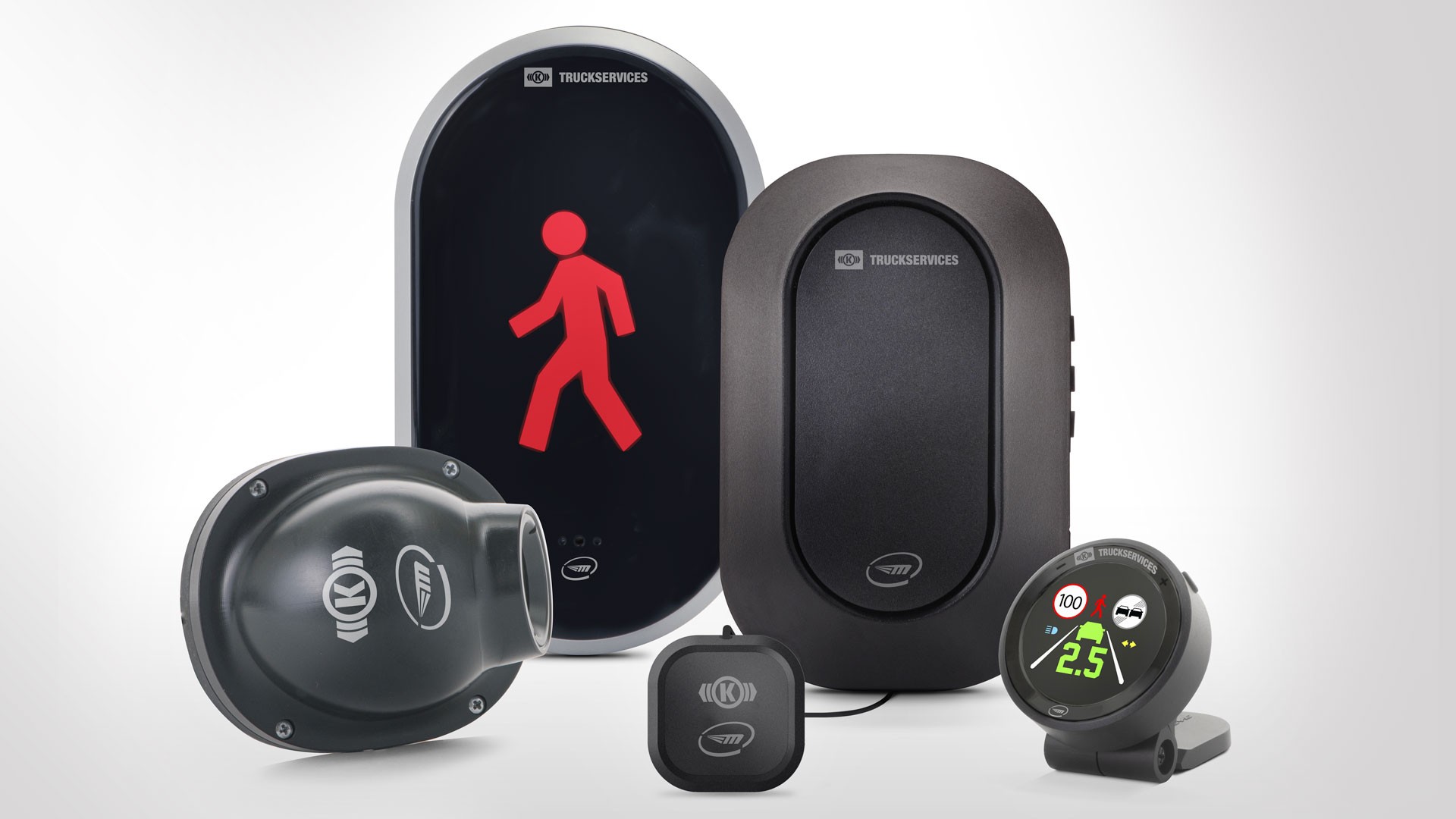
Interview with Dr. Peter Laier, member of the Executive Board since 2016, with worldwide responsibility for the Commercial Vehicle Systems division.

Dr. Laier, where do we stand today with automated driving? Have the great hopes of the truck industry been fulfilled – or has the hype of the past few years given way to disillusionment?
On the contrary. Driver assistance systems for commercial vehicles in particular, but also automated driving, have received an additional boost in recent months. The global Covid-19 pandemic has rapidly accelerated the growth of online commerce, increasing global transport volumes and in turn the demand from logistics fleets for automated driving – partly on account of the global shortage of drivers. What’s more, automated driving offers a clear business case based on the potential to reduce costs by around one third.
Is automated driving booming worldwide or only in selected regions?
It’s a global trend that has remained constant, especially in North America and China. That is not to say that a truck will be driving automatically across the country, say from Los Angeles to New York, in the very near future. From the mid-2020s onwards, automated driving is likely to be introduced initially in North America and Asia for commercial vehicles in hub-to-hub transport, which means longer routes that have been specially approved: from a port to a logistics center, for instance, or between two logistics centers. In addition, there will be automated traffic in clearly designated “confined areas”, i.e. within the confines of a port, a mine or a logistics yard.
Why is it that Germany and Europe are lagging behind?
The commercial vehicle manufacturers in Europe also have their work cut out when it comes to emission reductions. They have to cut the CO2 emissions of trucks in Europe by 15 percent by 2025 and by as much as 30 percent by 2030, based on 2019 levels. Therefore, the pressure on the major truck manufacturers to get their new electric drive concepts out on the road is increasing. The extremely high expenditure this entails is reducing their focus on automated driving somewhat for the time being. But that doesn’t mean European manufacturers and their suppliers are no longer committed to this field. Far from it. And here at Knorr-Bremse, we continue to drive forward automated driving and the further development of driver assistance systems.
Yet even in Europe there is more going on in the field of automated driving than many people realize. What are the most important projects for you, what is going well, where is there still a missing link?
A lot has happened in the first few months of this year alone. In Gunskirchen, Upper Austria, a driverless electric-powered transporter will be tested on a 600-meter-long test track over the next three years, not only on a factory site but also in public space. In Sweden, the Ministry of Transport has approved the testing of several automated trucks on a public highway - but in this case a driver and an engineer are always sitting in the cockpit to monitor the situation. Before the end of the year, an automated truck prototype is to operate on a container terminal at the port and on a 70-kilometer stretch of the A7 autobahn in the “Hamburg TruckPilot” field test. Meanwhile, a self-driving shuttle is already ferrying visitors to the Landesgartenschau horticultural show in Lindau. So we are also moving in the right direction and building momentum in Europe. It’s fitting that the German government just passed a new law on automated driving at the end of May, with the objective of establishing these innovative technologies, functions and services even more swiftly here in Germany.
To further boost the progress of automated driving, is collaboration with manufacturers now becoming even more important? In which areas is Knorr-Bremse cooperating particularly closely?
Highly complex technical innovations such as automated driving lend themselves particularly well to close cooperation in a spirit of partnership. The manufacturers contribute their vehicle expertise, and we take care of all aspects of vehicle dynamics, i.e. the brake and steering actuators and truck motion control. Other cooperation partners in turn supply software components incorporating artificial intelligence or the necessary electronic hardware. This broad spectrum of collaboration gives rise to alliances that are advancing the concept of automated driving with great dedication.
What factors will determine how quickly major truck fleet operators deploy advanced driver assistance systems or even automated trucks?
The most important decision criterion for trucking companies is the total cost of ownership (TCO) of a truck over its entire service life. As such, truck operators always consider whether investing in a new technology will be lucrative for them, whether it will increase the profitability and efficiency of a commercial vehicle. This will be the case, for example, if using new technologies reduces fuel and/or labor costs, or if expensive downtime and empty runs can be avoided. And this is precisely where automation brings significant cost savings. At level 4 of automated driving, the truck could be operated without a driver on sections of road that have been approved for automated driving, such as motorways, with the driver then taking control of the truck again at the end of the approved section, for example at the highway exit. The cost savings resulting from this use case illustrate the economic sense of investing in automated driving. In addition, the frequency of accidents falls when trucks are driven automatically, and automated commercial vehicles can be out on the road for longer without a break, since the need for mandatory driver rest periods is reduced.
Alongside automated driving, how important will the growing use of driver assistance systems be?
On the road to automated driving, further advances in driver assistance systems with new functions will play a central role. We see very significant development potential here and are convinced that assistance systems will continue to gain acceptance. This applies to functions such as the turning assistant, which helps to mitigate a common cause of accidents involving pedestrians and cyclists. We welcome the fact that this vital safety system is being made mandatory for new buses and trucks. With our retrofittable turning assistant ProFleet Assist+, manufacturers and trucking companies can also equip commercial vehicles that are already in use. But the market for other systems such as lane keeping and maneuvering assistants is also growing. To ensure we are well equipped for this development, we stepped up our steering strategy five years ago.
Let’s talk “redundant system architecture”. What is this and why is it so significant?
Every automatically driven commercial vehicle needs a kind of technical safety buffer to enable it to continue driving safely in the event of a fault. This means that the systems must be doubly equipped, or “redundant”, so that they can compensate the failure of a safety-relevant component. Designing this redundant system architecture is a competence that we have built up at Knorr-Bremse in recent years. We are in close dialog about this topic with many customers and have already received some initial orders for products in redundant systems.
How can modern assistance systems ease the load on drivers in their day-to-day work?
This is a very important topic. For me, one thing is clear: the assistance systems that are gradually being developed and launched on the market are intended to support and lighten the load on drivers, thus contributing to safer commercial vehicle operation. The job that truck drivers perform today deserves the highest praise. After all, trucks have become very complex systems that have to be handled safely by highly trained drivers. The job of the driver will change somewhat in terms of the tasks involved, but drivers will continue to be indispensable in the future and will remain an essential part of the system.
How can technology support the person at the wheel?
Let’s take the example of maneuvering in a large logistics yard. Assistance systems can support the driver in steering the truck precisely to the loading ramp, for example, thus helping to avoid the parking and maneuvering collisions that often occur. Another example is the Highway Pilot, which enables the truck to drive automatically and safely on certain stretches of highway and then hands control of the vehicle back to a driver at the exit. This also brings changes in terms of how the job of a truck driver will look in the future.
How exactly might the scope of a truck driver’s job change?
The work involved behind the wheel and the driver’s job description will go through a major transformation. Just a few years ago, many drivers feared that their job no longer had a future, that automation would make it surplus to requirements. In fact, it’s quite the opposite. Increasingly automated driving lightens the load on the person behind the wheel and handles long highway journeys, for example. The driver then assumes control of the vehicle for more complex journeys in the countryside and in urban areas and has the pleasure of spending the evening with their family, rather than at the rest stop. Beyond that, I can well imagine the scope of the driver's duties expanding in the future, for example to include dispatching tasks.
How is Knorr-Bremse positioned in the area of steering systems?
Alongside the brake, the steering system is the second main actuator for controlling vehicle dynamics. We adapted to this situation in good time and have been building up steering expertise through targeted acquisitions since 2016, including the purchase of Hitachi’s commercial vehicle steering business and the buyout of the US supplier Sheppard. As a systems supplier for vehicle dynamics in commercial vehicles, we will therefore play a key role in the growing trend toward driver assistance systems and in the cooperative ventures that are emerging in the field of automated driving.
What do all these developments mean for Knorr-Bremse and what will be the biggest challenges over the next two years?
All of us in the commercial vehicle industry will have to work together to meet the growing demand. This is a challenging task at present, with a global pandemic still rampant and the resulting shortage of raw materials and supplier parts, especially semiconductors. In addition, we are busy developing a host of new products, such as our new generation of brake control, electronic air treatment and superimposed steering, as well as developing the various new technologies to enable automated driving and bringing them to market. That’s a huge challenge – not just for us, but for the entire commercial vehicle industry. This industry will change as much in the next ten years as it has in the past century. We must tackle this transformation together. I am convinced that as a leading systems developer and supplier we will continue to play a major role in tomorrow’s world of commercial vehicles.
